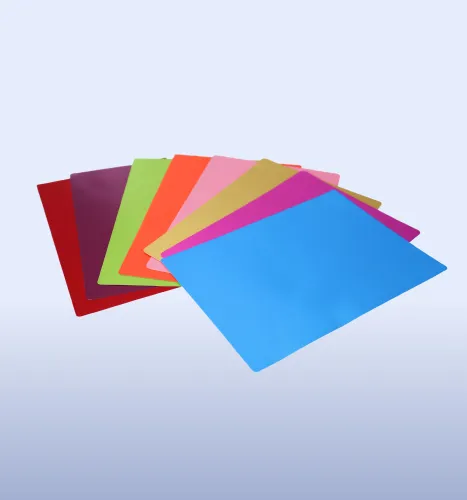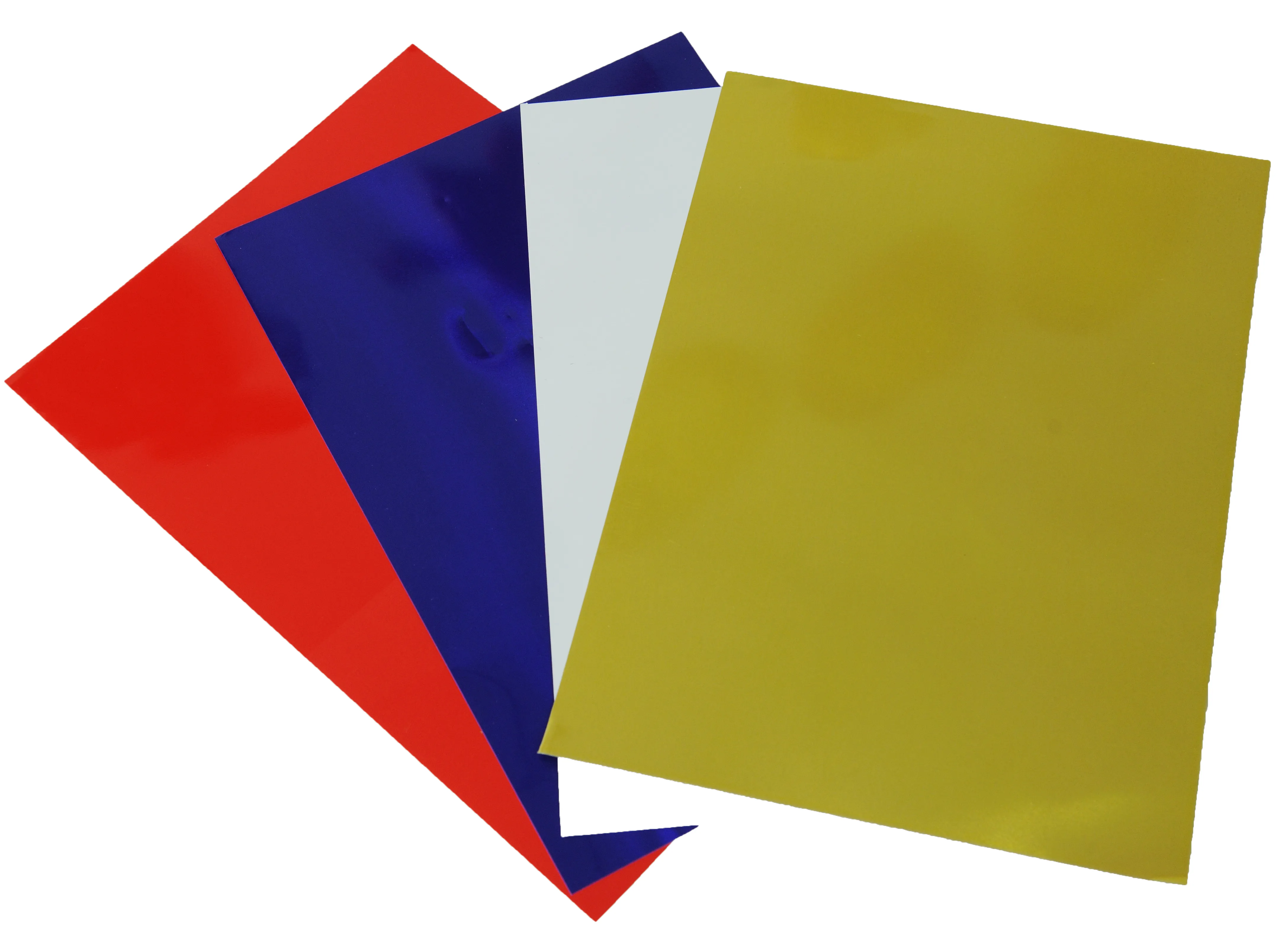2025-07-23 09:02:42
Coated aluminum sheets are widely used in architecture, transportation, signage, and interior decoration due to their durability, corrosion resistance, and attractive surface finishes. These sheets typically feature a protective coating—such as PVDF, PE, or powder coating—that enhances their performance and aesthetic appeal. However, over time, exposure to dust, pollutants, moisture, and environmental contaminants can degrade their appearance and, if not properly cleaned, potentially shorten their service life.
Cleaning coated aluminum sheet without damaging it requires a gentle approach, as harsh chemicals or abrasive materials can compromise the coating.

While the general principles below apply to most coated aluminum, knowing the specific type of coating (e.g., powder-coated, anodized, painted) can sometimes help with product selection. However, for general cleaning, a mild approach is always safest.
Mild Detergent/Soap: Dish soap, car wash soap, or a pH-neutral cleaner specifically designed for aluminum or coated surfaces.
Warm Water: Essential for creating your cleaning solution.
Soft Cloths/Sponges: Microfiber cloths, 100% cotton cloths, or soft sponges are ideal.
Soft-Bristle Brush (optional): For tougher grime in textured areas.
Spray Bottle (optional): For mixing and applying solutions like vinegar.
Distilled Water (optional): For the final rinse to prevent water spots, especially in areas with hard water.
Dust and Dry Wipe: Begin by gently wiping the surface with a clean, dry microfiber cloth to remove any loose dirt, dust, or debris. This prevents these particles from scratching the surface during wet cleaning.
Prepare a Gentle Cleaning Solution: Mix a few drops of mild dish soap or a pH-neutral cleaner with warm water in a bucket. Avoid using acidic or alkaline cleaners, as they can damage the coating.
Apply and Clean: Dip your soft cloth or sponge into the solution, wring out excess water, and gently wipe the surface. For large areas, work in small sections. For brushed or anodized finishes, it's often recommended to clean in the direction of the grain.
Rinse Thoroughly: After cleaning a section, rinse it immediately and thoroughly with clean water using a hose or a clean, damp cloth. It's crucial to remove all soap residue, as dried soap can leave streaks or dull the finish. Rinse from top to bottom to ensure loosened dirt and cleaner run off.
Dry Immediately: Wipe the surface dry immediately with a clean, soft, lint-free cloth. Do not let water sit on the aluminum, as it can lead to water spots or accelerate corrosion.

White Vinegar Solution: For water stains, fingerprints, or mild oxidation (a chalky white residue), mix equal parts distilled white vinegar and water in a spray bottle. Spray directly onto the stained area and let it sit for 10-15 minutes. Gently wipe clean with a soft cloth in the direction of the grain. Always test this on an inconspicuous area first.
Baking Soda Paste (for light oxidation/stains): If you have chalky white spots or tougher stains, you can create a paste with baking soda and a little water. Apply the paste to the stained area, let it sit for 10-15 minutes, and then gently scrub with a non-abrasive pad or soft-bristle brush. Rinse thoroughly and dry. Again, test in a hidden spot first.
Commercial Aluminum-Safe Cleaners: For heavily stained or tarnished coated aluminum, consider using a commercial cleaner specifically designed for coated aluminum. Always follow the manufacturer's instructions carefully and test on an inconspicuous area first.
NEVER use abrasive materials: This includes steel wool, hard scrub brushes, scouring pads, sandpaper, or harsh abrasive powders. These will scratch and damage the coating.
Avoid harsh chemicals:
Acidic or alkaline cleaners: These can corrode, etch, or degrade the coating (e.g., strong acids, ammonia-based cleaners, bleach, trisodium phosphate (TSP), phosphoric acid, hydrochloric acid, hydrofluoric acid, fluorides).
Strong solvents: Mineral spirits can be used for grease or sealants but always spot-test first. Avoid other strong industrial solvents, as they can damage organic sealants, gaskets, and the painted finish.
Do not use high-pressure washing on painted/powder-coated surfaces: While moderate pressure can be used for rinsing, high-pressure washing can cause dents, force water under or behind siding, or even remove the coating. "Soft washing" with a low-pressure setting and appropriate cleaner is a safer alternative if using a pressure washer.
Avoid cleaning in extreme temperatures: Do not clean hot, sun-heated surfaces, as this can cause accelerated chemical reactions and streaking. Also, avoid cleaning in freezing temperatures, which can lead to condensation and streaking.
Rinse thoroughly: Any cleaning solution left on the surface can cause damage over time.
Dry completely: Water left to air dry can leave unsightly spots or streaks, especially with hard water.
Regular maintenance is key: Frequent light cleaning prevents the buildup of dirt and grime, reducing the need for more aggressive cleaning methods.
By following these guidelines, you can effectively clean your coated aluminum sheet without damaging its protective finish, helping it maintain its appearance and longevity.